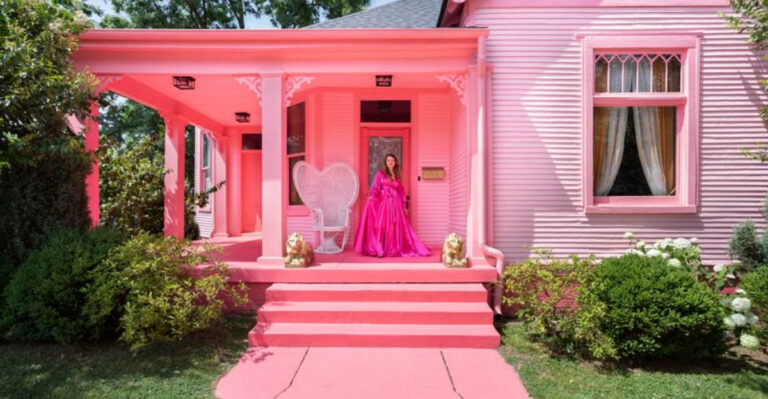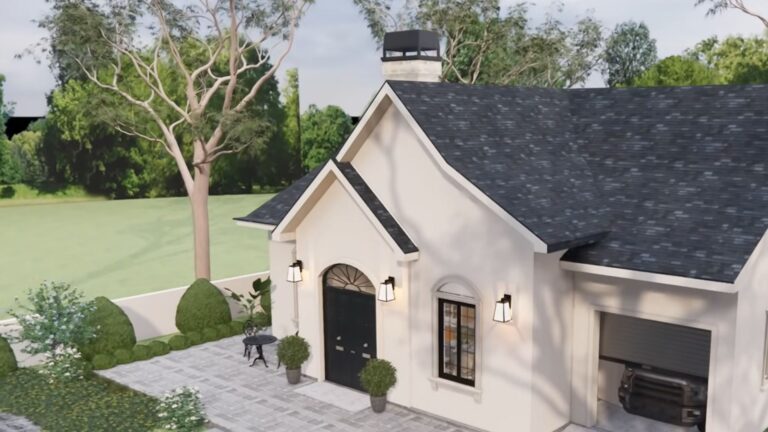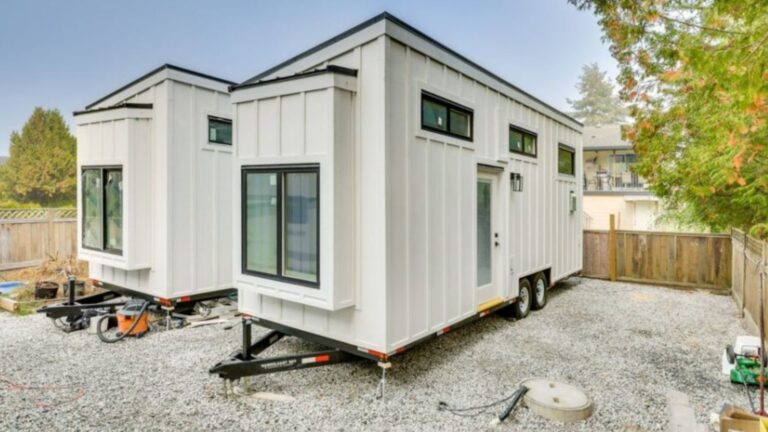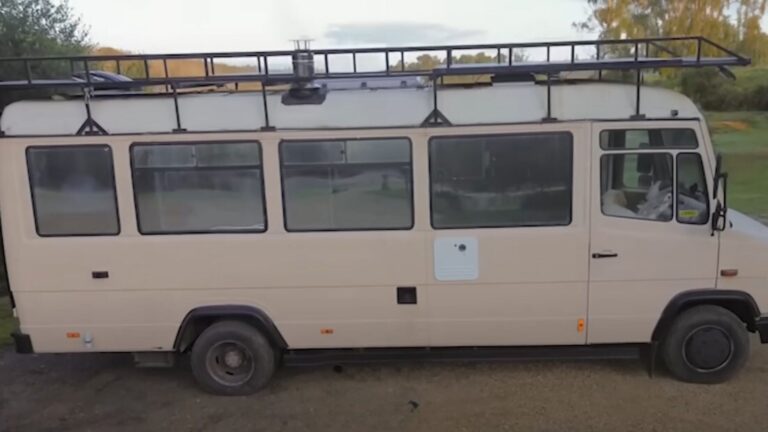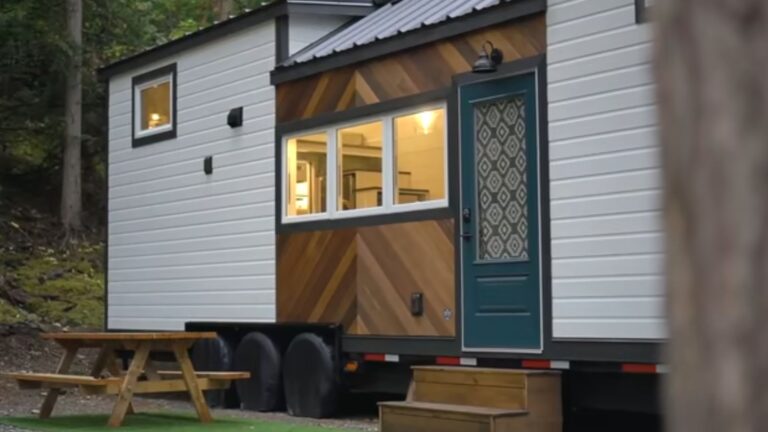10 Granny Pods That Are A Bad Alternative For Cozy Living, Plus A Few That Are Even Worse
Granny pods have become a thoughtful option for families wanting to keep aging parents close while still giving them their own space. But not every design works as well as it should.
Some of these small backyard homes might look fine at first, but they can lack important features like proper accessibility, comfort, or safety. It’s easy to overlook the details that really matter for older adults.
If you’re considering a granny pod, it’s worth taking a closer look at which options might not be the best fit and why some should probably be avoided altogether.
1. Leaky Roof Retreats
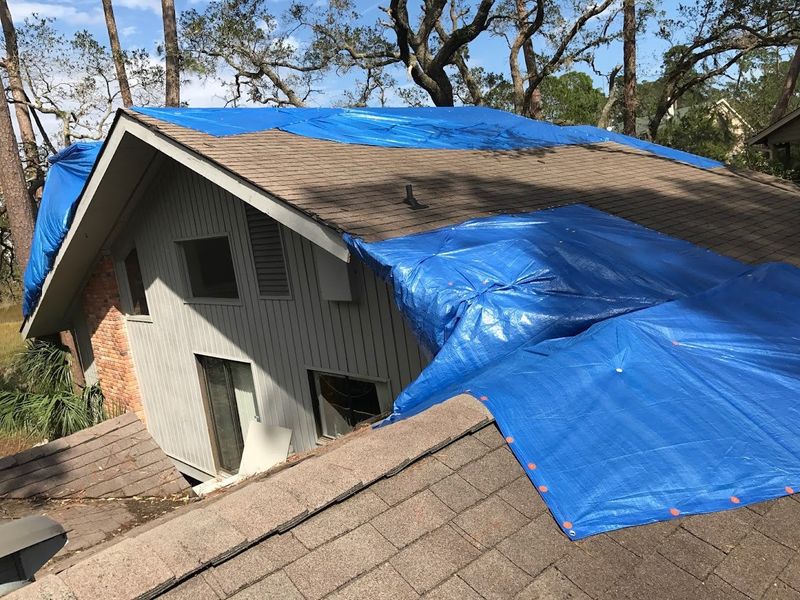
Water and electricity don’t mix, yet some poorly constructed granny pods feature roofs that might as well be colanders. Every rainfall becomes a nerve-wracking experience for the resident.
Grandpa shouldn’t need to position buckets around his living space like he’s playing a real-life version of water catch.
Constant moisture leads to mold growth, which poses serious respiratory risks for elderly residents with already compromised immune systems. The repair costs for these units often exceed what you’d spend on a quality pod in the first place.
2. Sauna-Style Summer Traps
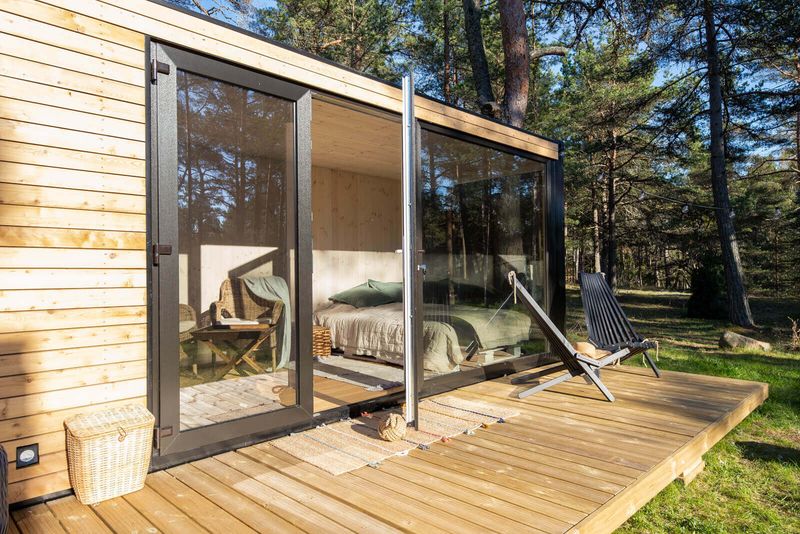
If you’ve ever wanted to know what it feels like to live in an oven, these poorly insulated granny pods will show you. Without proper temperature control, these units transform into unbearable hotboxes during summer months.
Heat-related illness is particularly dangerous for seniors, whose bodies can’t regulate temperature as efficiently. Some manufacturers cut corners on insulation and HVAC systems, creating dangerous living conditions.
Though they might come with a lower price tag, the medical bills from heat exhaustion will quickly erase any savings.
3. Icebox Winter Wonders
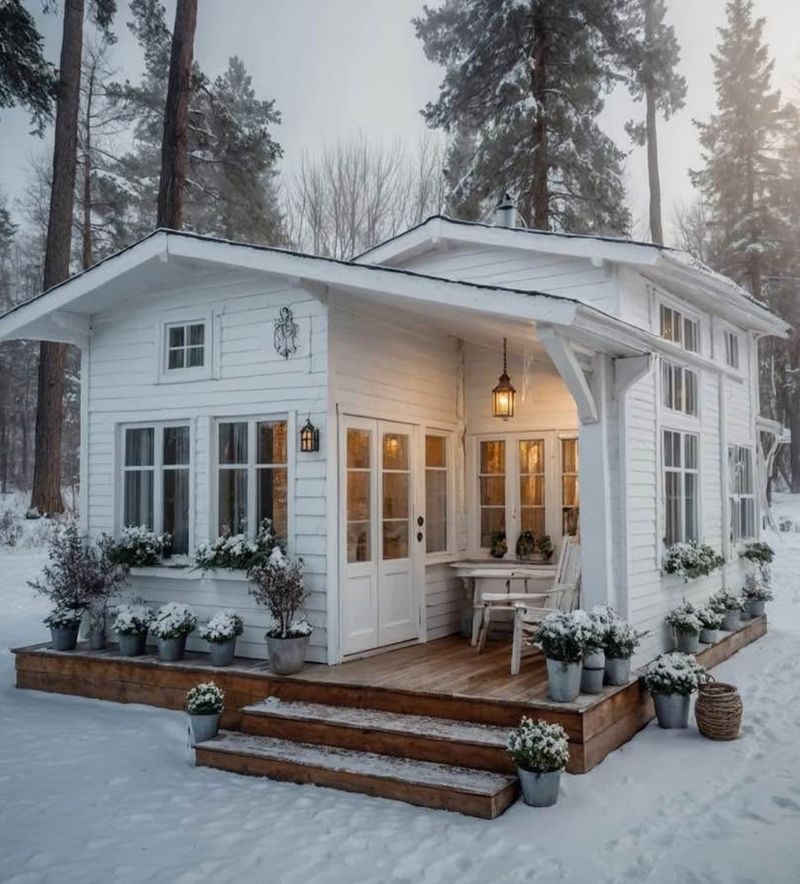
Winter brings a whole new set of problems to cheaply made granny pods. Those same units that bake residents in summer freeze them in winter, with inadequate heating systems that can’t keep up with cold weather.
Seniors are particularly vulnerable to hypothermia, which can set in at temperatures most younger people would find merely chilly. Floor drafts become more than an annoyance when arthritis already makes joints ache.
Your loved one deserves better than having to wear three sweaters indoors or risk their health just to save on construction costs.
4. Bathroom-Free Bargains
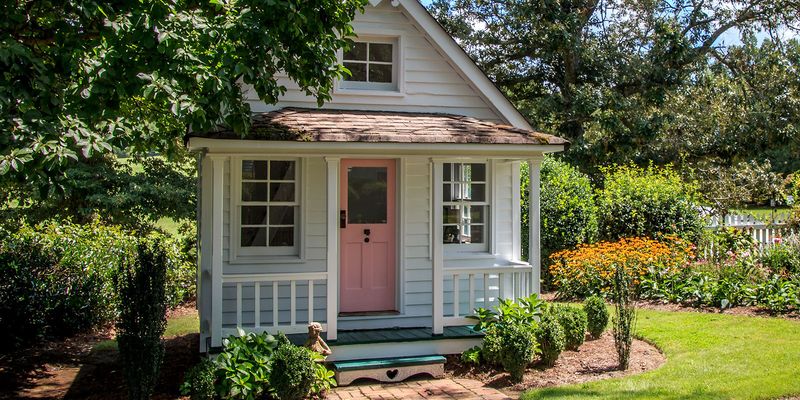
Some ultra-budget granny pods come with a shocking omission: no private bathroom. Instead, residents must trek to the main house whenever nature calls, regardless of weather, time of day, or mobility issues.
For seniors who frequently need to use the restroom at night, this creates a dangerous situation. Navigating outdoor paths in darkness increases fall risks dramatically.
While saving on plumbing costs might seem tempting, the loss of dignity and independence for your loved one makes these units a terrible choice for actual living.
5. Micro-Mini Matchboxes
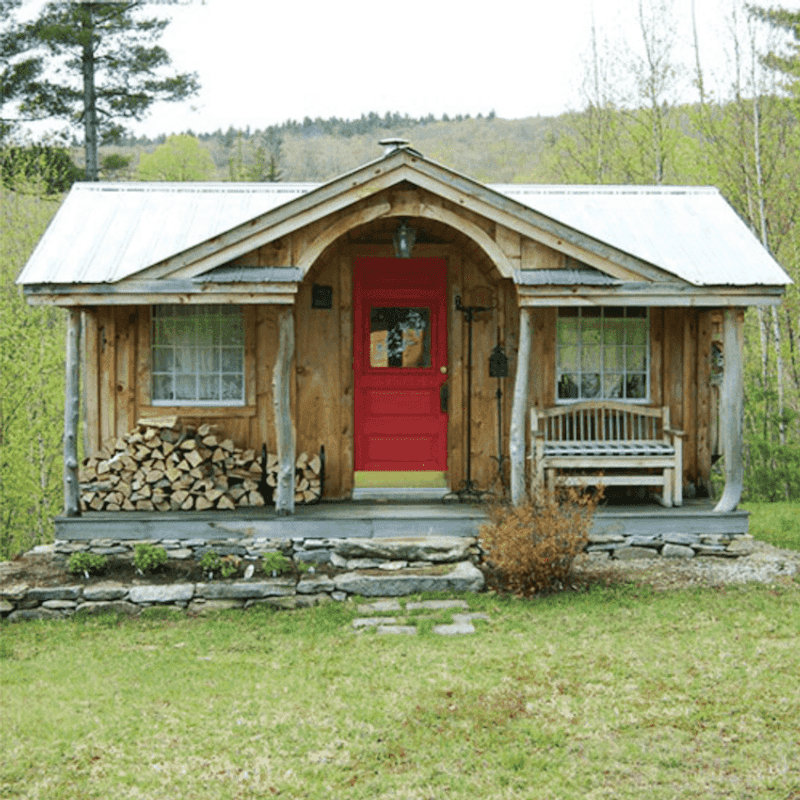
Someone apparently decided that grandma only needs enough space to stand up and lie down. These extremely tiny pods, often under 100 square feet, create claustrophobic living conditions that affect mental health.
Limited space means limited mobility, which can lead to muscle atrophy and increased health problems. Many seniors bring cherished belongings that connect them to their past, but these units force them to abandon nearly everything.
While granny pods should be cozy, there’s a big difference between cozy and cramped, with the latter leading to depression and isolation.
6. Stairway To Nowhere Lofts
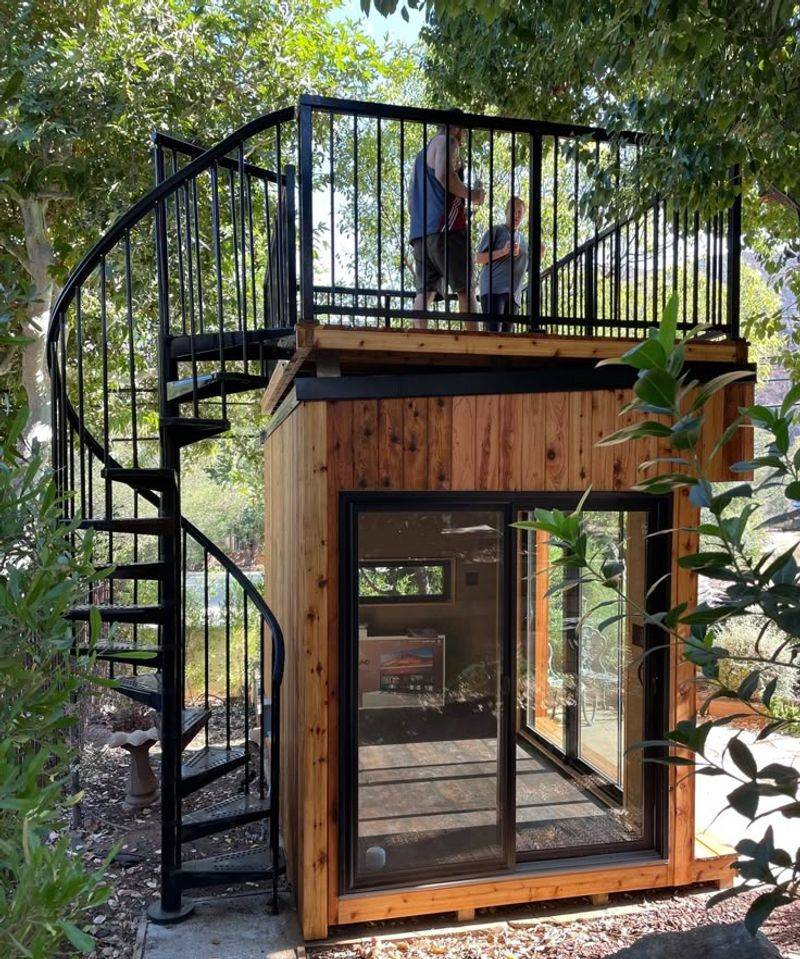
For some reason, certain granny pod designers believe that seniors with mobility issues would love climbing a ladder to reach their sleeping area. These loft-style pods feature beds accessed only by steep stairs or even ladder rungs.
Falls are already the leading cause of injury among older adults. Adding a nightly climb to reach the bed is like installing a built-in hazard.
Morning bathroom urgency paired with descending from a loft while half-asleep creates a recipe for disaster that no medical alert bracelet can adequately address.
7. DIY Disaster Dens
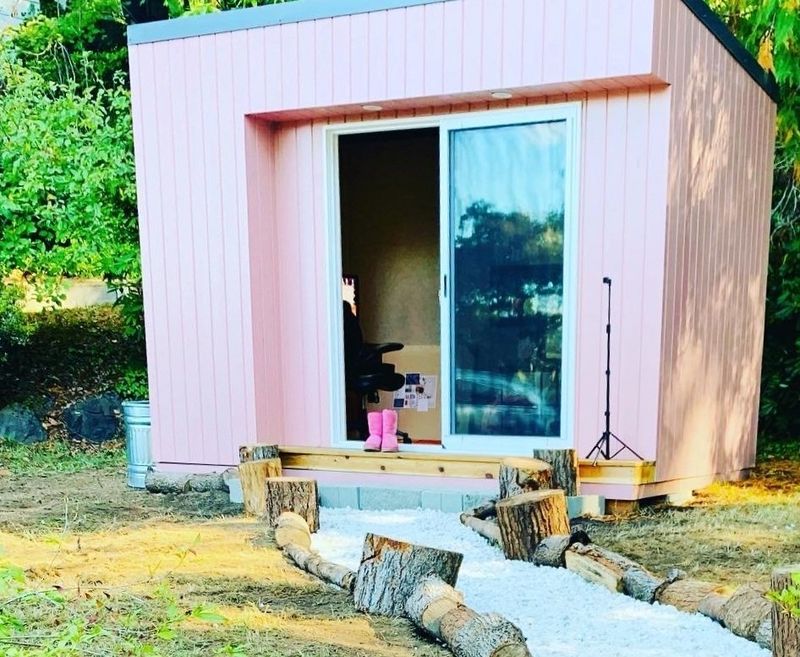
Your brother-in-law who watched three YouTube videos is not qualified to build grandma’s new home. Yet many families attempt DIY granny pods to save money, resulting in structures that fail to meet basic safety codes.
Faulty wiring creates fire hazards, while amateur plumbing leads to leaks and water damage. Structural problems can develop quickly, putting the resident at risk of injury from collapsing elements.
Building codes exist for a reason, and professional construction ensures that your loved one isn’t living in a structure that might literally fall apart around them.
8. Noise Amplification Chambers

Thin walls turn some granny pods into acoustic nightmares. Every neighborhood sound, from lawn mowers to barking dogs, penetrates these poorly insulated units as if the walls weren’t even there.
For seniors with hearing aids, this constant noise bombardment can be more than annoying, it can be physically painful. Quality sleep becomes impossible when every passing car sounds like it’s driving through the living room.
Mental health suffers when people can’t find peace in their own home, leading to stress, anxiety, and isolation as residents avoid using hearing aids in their own space.
9. Accessibility Afterthought Abodes
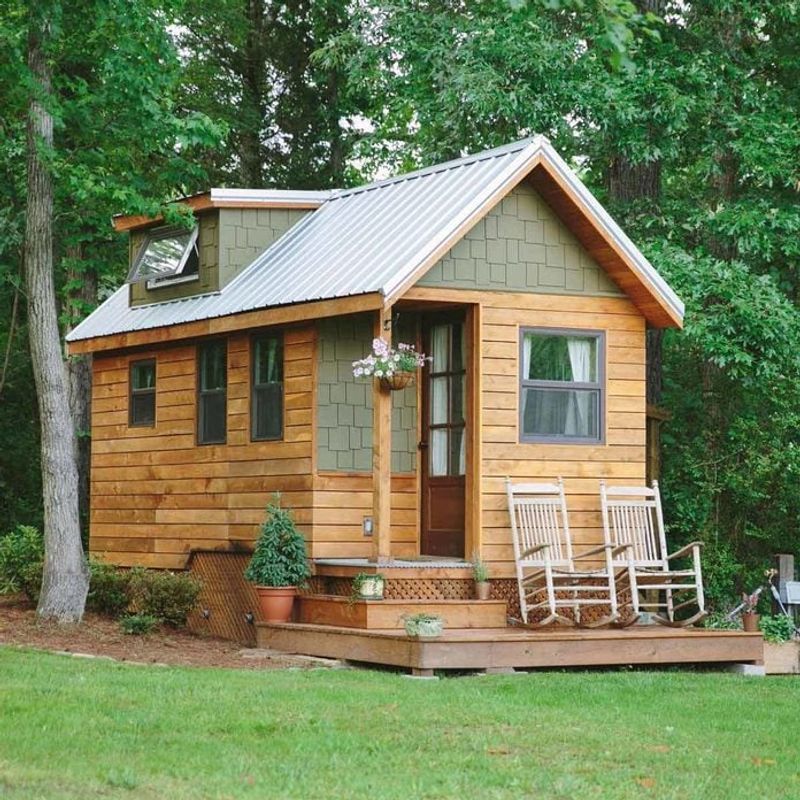
Somehow, many granny pod manufacturers forget that their primary customers might have mobility challenges. These units feature narrow doorways that can’t accommodate walkers or wheelchairs, high cabinet storage, and step-up entrances without ramps.
Bathrooms lack grab bars or shower seats, creating dangerous situations for residents. Light switches and controls are placed at heights that require stretching or bending, movements that can lead to falls.
When accessibility is treated as an expensive upgrade rather than a basic requirement, the result is a living space that actively works against the independence of its resident.
10. Converted Shipping Container Coffins
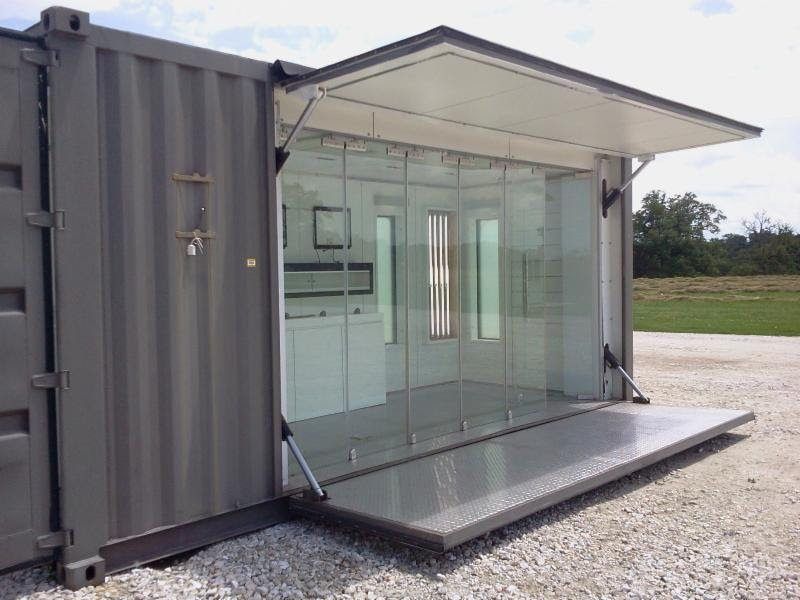
Shipping containers were designed to transport goods, not house humans, especially vulnerable elderly people. These metal boxes retain extreme temperatures, creating dangerously hot or cold living environments depending on the season.
Chemical treatments used on shipping containers can off-gas toxic compounds for years. The metal construction creates condensation issues that lead to persistent mold problems, particularly dangerous for seniors with respiratory conditions.
While they may look trendy in architectural magazines, these repurposed boxes often create health hazards that no amount of interior decoration can remedy.
11. Basement Bunker Bargains
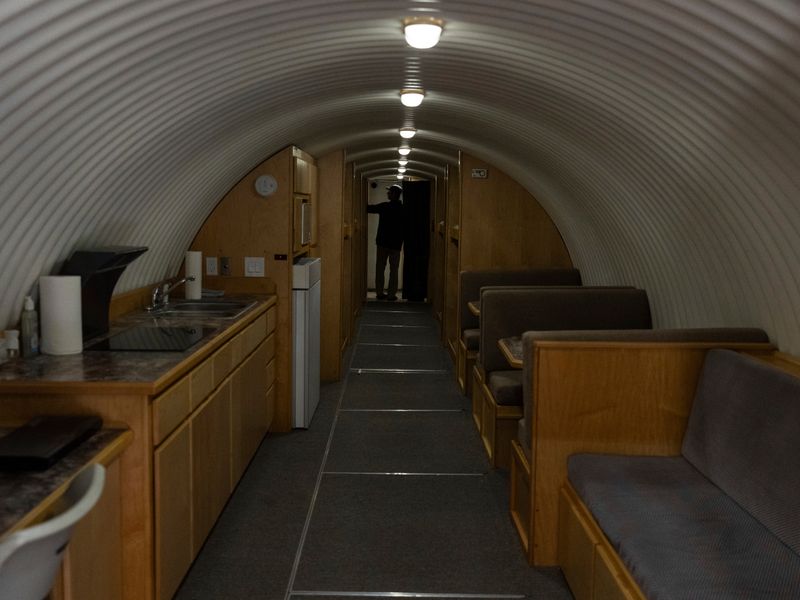
Converting a basement into a granny pod might seem cost-effective but often creates depressing, underground living spaces with minimal natural light. Many basements have moisture issues that create persistent mold problems, triggering respiratory issues in elderly residents.
Emergency egress becomes a serious concern, as seniors may struggle to quickly navigate stairs during a fire or other emergency. Limited ventilation in these spaces can lead to poor air quality and associated health problems.
While technically under the same roof, basement units often leave seniors feeling isolated and forgotten downstairs.
12. Garage Conversion Gaspers
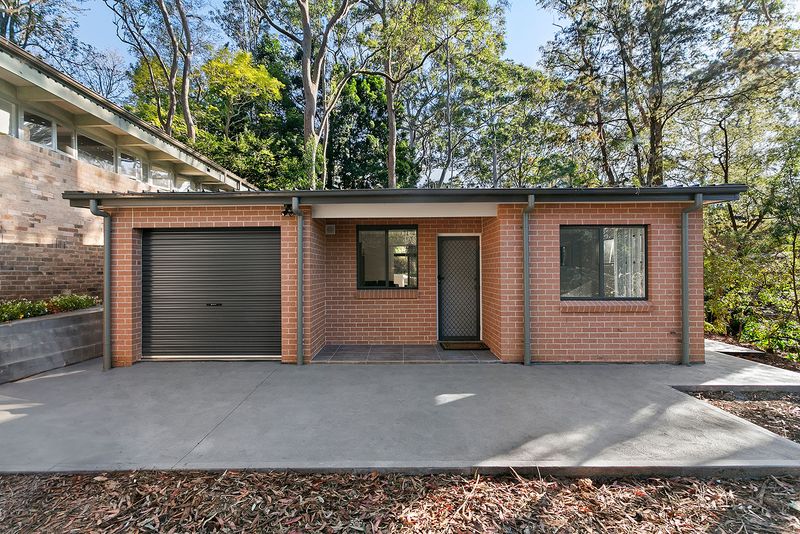
Former parking spaces rarely make good living spaces, yet some families convert garages into granny pods without addressing fundamental problems. Garages typically lack proper insulation and may contain lingering automotive chemicals that pose respiratory hazards.
Many garage conversions retain concrete floors, which are hard on aging joints and dangerously unforgiving during falls. Ventilation is often inadequate, creating air quality issues from both outdoor pollution and indoor contaminants.
The large garage door, even when sealed, creates drafts and temperature control problems that make comfortable living nearly impossible.
13. Shed Transformation Tragedies
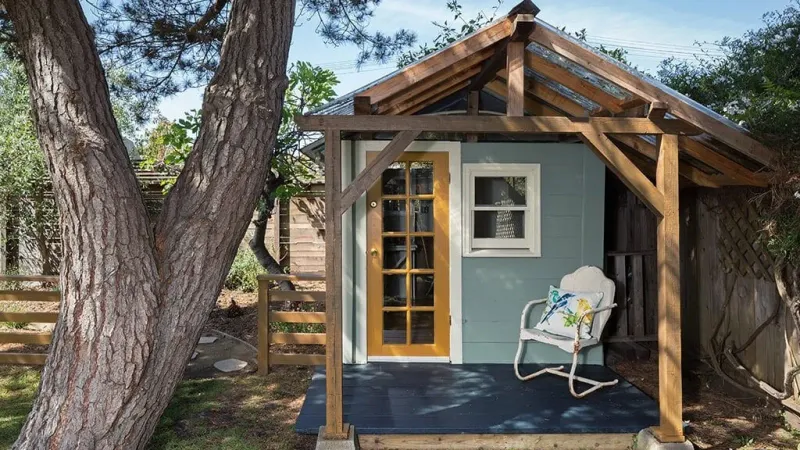
Garden sheds were designed for storing tools, not housing people. Yet some families attempt to convert these flimsy structures into living spaces without addressing fundamental structural inadequacies.
Most sheds lack proper foundations, insulation, or weather protection. Plumbing and electrical systems are often amateur additions that create safety hazards and fail to meet building codes.
These structures typically can’t maintain safe temperatures in extreme weather, putting elderly residents at risk of heat stroke in summer and hypothermia in winter, all while pretending a toolshed is somehow an acceptable housing solution.
14. RV Retirement Regrets
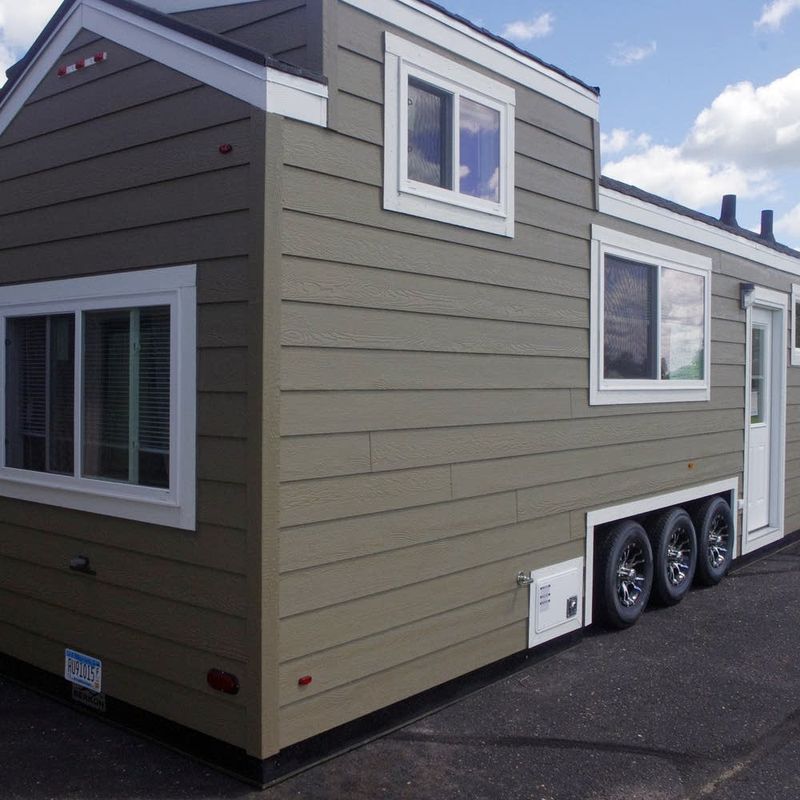
Parking an old recreational vehicle in the backyard might seem like an instant granny pod solution, but RVs are designed for temporary living, not permanent residency. Their thin walls provide minimal insulation, creating uncomfortable and potentially dangerous temperature extremes.
The narrow layouts and high steps make mobility challenging for seniors, especially those using walkers or wheelchairs. Plumbing systems are prone to freezing in winter and typically require frequent maintenance.
Though convenient, these vehicles depreciate quickly while providing substandard living conditions that compromise dignity and comfort.
15. Sunroom Conversion Sufferers
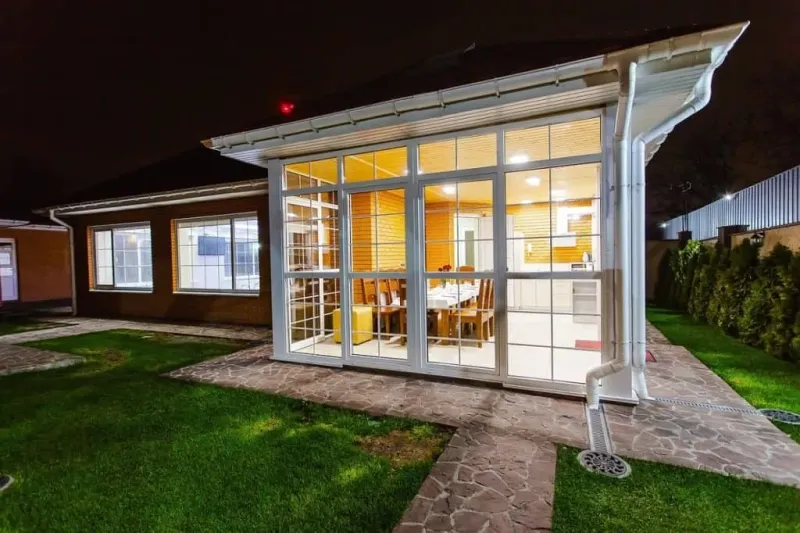
Sunrooms feature walls of windows that create greenhouse effects, turning these spaces into sweltering heat traps in summer and frigid ice boxes in winter. The temperature fluctuations can be extreme, dangerous, and expensive to mitigate.
Many sunroom conversions lack proper privacy, with large windows exposing residents to neighbors and passersby. The glass walls provide minimal security and are easily broken, creating safety concerns for vulnerable seniors.
While the abundant natural light seems appealing, the reality is a space that’s rarely comfortable and often requires residents to relocate to other parts of the house during weather extremes.
16. Outdoor Porch Enclosure Perils
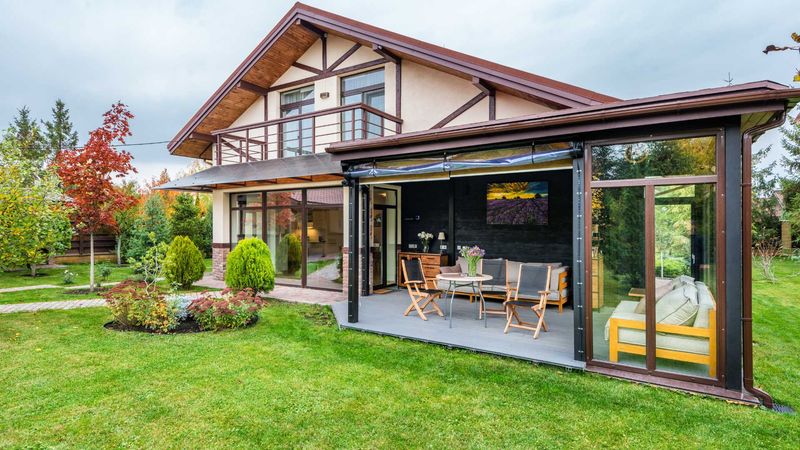
Screened porches hastily enclosed with plastic sheeting or windows create dangerous living spaces for seniors. These improvised conversions typically lack proper insulation, heating, cooling, or weatherproofing.
Many retain their original outdoor flooring, which can be uneven, slippery, or deteriorating. Electrical and plumbing additions are often afterthoughts, creating safety hazards or inadequate facilities for daily living.
While they might work for occasional guest quarters, these spaces subject permanent elderly residents to extreme temperatures, moisture problems, and living conditions barely better than camping.
17. Tent-Like Temporary Tragedies
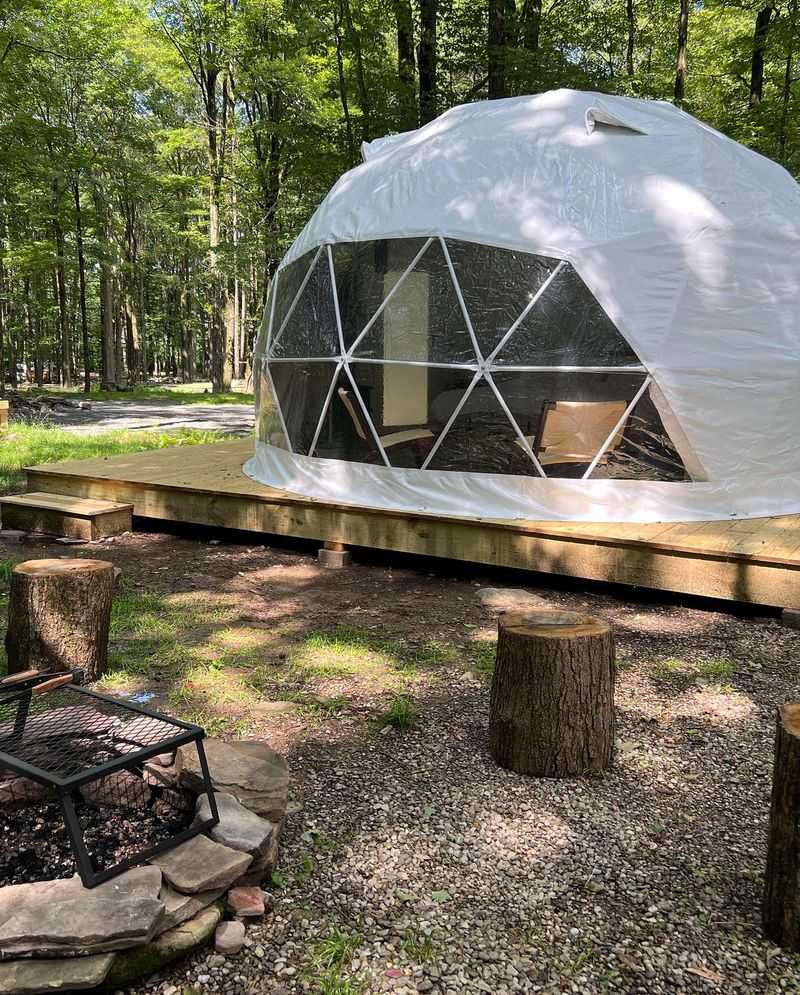
Perhaps the worst granny pod alternative, some companies market glorified tent structures as temporary housing solutions. These fabric-walled nightmares offer minimal protection from the elements, pests, or intruders.
Temperature control is virtually impossible, creating dangerous conditions during weather extremes. Privacy is minimal, and the structures degrade quickly when exposed to sun, rain, and wind.
While marketed as affordable solutions, these temporary structures provide living conditions that no one would find acceptable for themselves, much less for vulnerable elderly family members who deserve dignity and safety.



